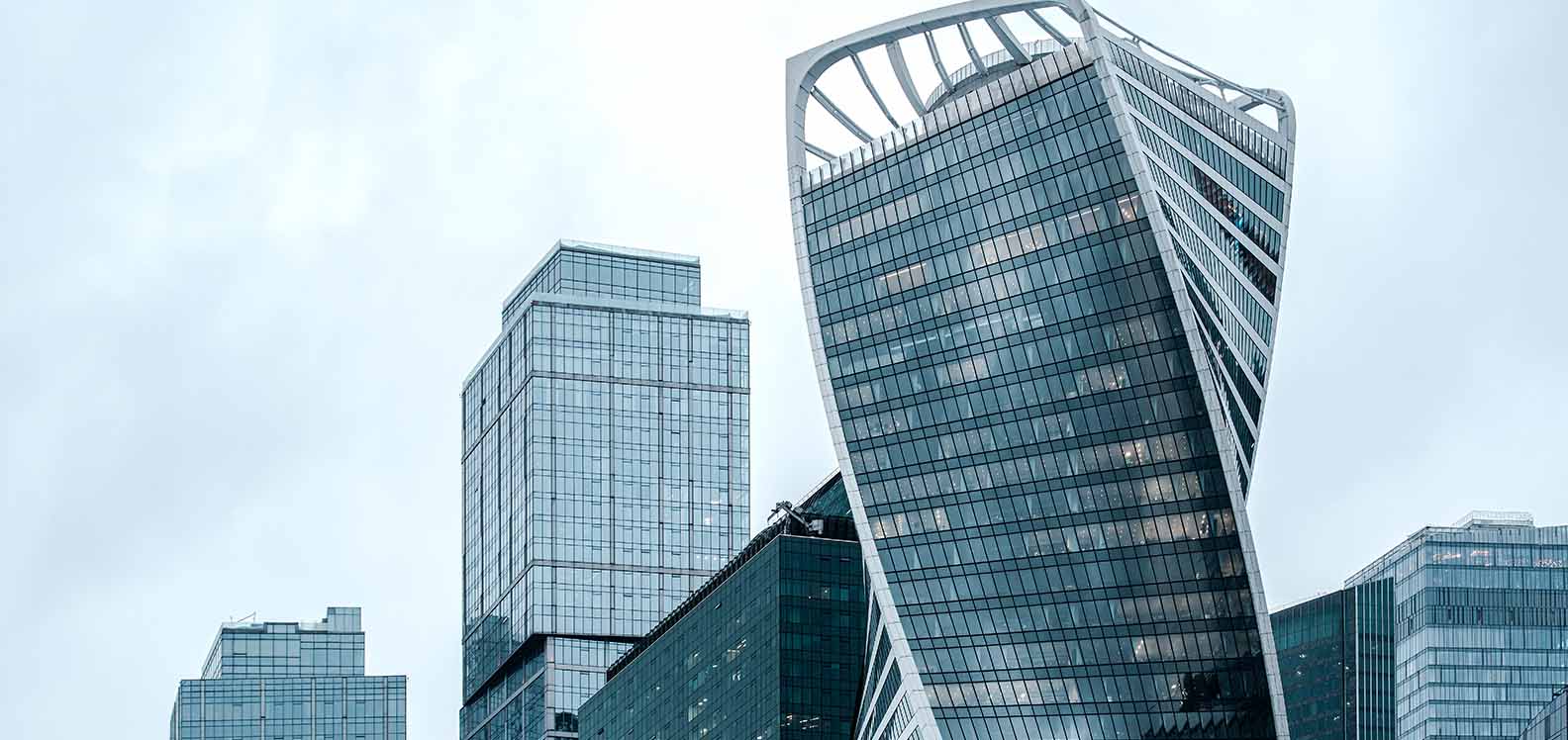
Swansea University is to work as part of a collaboration to tackle global climate emissions by exploring a different approach to constructing tall buildings.
Researchers from the University will be working with teams from Cardiff University, the University of Exeter and the University of Bath on the £1.2m UKRI-funded LOCAST (Low-Carbon Structures) project which will look at innovative ways to clean up high-rise buildings.
Tall buildings use urban space efficiently, and thousands are going up all over the world right now. But constructing them has a high carbon cost compared to the same floor space spread across a number of shorter buildings. Building a tower block might create the same emissions as driving a petrol car for a billion kilometres, even before anybody moves into it.
“We’re at a point where heating and lighting are so efficient that most of the lifetime climate emissions from any new building come from making the concrete, steel and glass that go into it,” said Professor Ian Walker, an environmental psychologist from Swansea University, who co-authored the funding bid.
“Using less of these materials in tall buildings would put a big dent in the emissions from the built environment. But to do this, we need to understand how making tall buildings more lightweight would affect the people inside them.”
People are the critical ingredient here. The reason engineers put so much material into tall buildings is not for safety, but so that their occupants won’t feel them sway in the wind, even in quite extreme weather. The LOCAST project will challenge this approach by measuring how much movement people can feel when buildings sway, assessing how occupants might be affected if the buildings were more flexible, and asking whether we could enable lower-carbon construction by shifting people’s expectations about how buildings should behave.
“Tall buildings are constantly hit by winds, and so they really want to sway,” said the University of Exeter’s Professor Alex Pavic, the structural vibration expert who helped the team that fixed the wobbles in London’s Millennium Bridge.
“Their designers use a lot of extra concrete and steel to stop people feeling any motion, all of which leads to millions of tonnes of carbon emissions worldwide. But we don’t know if this is even necessary! Nobody has ever reliably measured how much motion people inside a building can feel, whether it matters if they do feel it, or whether people could get used to a swaying building even if it initially bothered them.”
Dr Jennifer Davies, a physiologist from Cardiff University who specialises in human posture and motion, added:
“After all, most people can happily sit, or even work, inside a train that is swaying and bouncing all over the place. They expect to feel a train move and so the motion doesn’t surprise them. Could we avoid using millions of tonnes of concrete and steel if people expected buildings to flex a little bit? Is it realistic to sit 200 metres up in the sky and have it feel exactly the same as a bungalow?”
The researchers from Wales and southwest England have formed an interdisciplinary team to answer questions like these. They will use the UK’s world-leading VSimulators structural motion simulator, which lets researchers precisely sway a small climate-controlled room while using virtual reality to give it realistic interiors and views. This facility – originally developed by members of the same team – will let the LOCAST project measure each link in the chain: structural engineers will look at how real tall buildings sway in the wind and recreate this in the simulator, where physiologists will measure how the movement affects people’s bodies and a psychologist will measure how these body responses – as well as people’s expectations of movement – shape comfort, wellbeing and workplace performance.
The team will pass the project’s findings to the construction industry, with the hope that these will underpin the next generation of building design codes. Having the industry standards change to support more lightweight buildings could enable carbon savings – and cost savings – at a global level.
“Perhaps the most exciting aspect of this project is that it won’t just be skyscrapers,” said Dr Antony Darby, a structural engineer from the University of Bath who helped design the test facility that will be used for this work.
“Yes, it looks like the world will see another 40,000 tall and super-tall buildings being built before 2050, and we urgently need to ask whether we could reduce the enormous carbon emissions involved in creating these. But we could also be building a lot of short and medium-height buildings from sustainable materials like timber, and these will sway too, perhaps more so. By looking at what this means for people inside a whole range of buildings, we can look to reduce climate emissions across all sorts of future designs – not just skyscrapers.”
